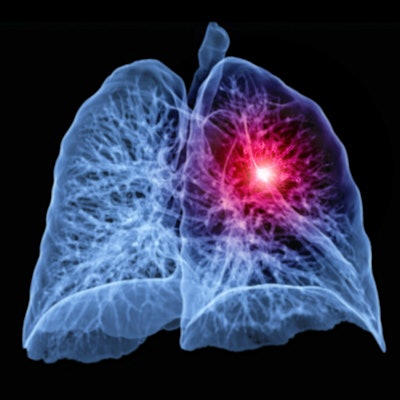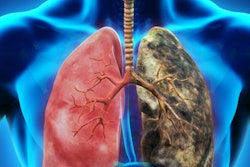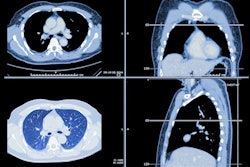
Community health advisors can increase the uptake of low-dose CT (LDCT) lung cancer screening among populations vulnerable to the disease, a study published January 18 in the Journal of Cancer Education has found.
The findings are good news for patients who, although eligible for screening, aren't aware of or don't take advantage of it, wrote a team led by Dr. Soumya Niranjan of the University of Alabama at Birmingham.
"Our study ... demonstrates that community health advisors are trusted individuals who can facilitate increase in lung cancer screening knowledge," the team wrote.
Catching lung cancer early through regular LDCT screening reduces lung cancer mortality rates, but despite adjusted eligibility recommendations issued by the U.S. Preventive Services Task Force (USPSTF) in March of 2021, many of those who would most benefit from lung cancer screening -- including Black Americans, who tend to present with more advanced cancer on diagnosis -- continue to lag in its uptake.
Niranjan's group sought to assess lung cancer screening rates in the Southern United States, focusing on the state of Alabama. Alabama's screening rate is a "dismal" 4.2%, and although the investigators posited that some of the reason for that is a lack of public awareness of lung cancer screening, they noted that there's not much research available to confirm this.
So the team measured the lung cancer screening awareness of 100 patients from seven Alabama counties (one of which was urban and six of which were rural; all were marked by poverty, unemployment, low education, and lack of access to healthcare services) who were at high risk of lung cancer. All study participants were either current smokers or had quit within the past 15 years and all had a total of a 30-pack-year smoking history.
Patients completed a demographic assessment and a lung cancer screening awareness assessment, then received education about lung cancer screening from a community health advisor. With this data, Niranjan's group assessed the impact of psychological, demographic, health status, and cognitive factors on patients' lung cancer screening uptake, also taking the following factors into account: gender; insurance status; fatalism about lung cancer, screening, or treatment; and family history of the disease.
The educational intervention succeeded in increasing study participants' awareness and understanding of lung cancer screening, and postintervention, the community health advisors were able to direct all 100 to their primary care provider for screening referral. Although only 23 of the study participants actually underwent LDCT lung cancer screening, this represented a fivefold increase in screening compared with Alabama's overall rate.
| Knowledge increase regarding LDCT lung cancer screening in study participants, pre- and posteducational intervention (reference, 1) | ||
| Measure | Preintervention | Postintervention |
| Lung cancer knowledge | 4.64 | 7.61 |
The study findings are positive, but it's clear that more needs to be done to increase lung cancer screening compliance among eligible persons.
"Even after individual, educationally oriented intervention, increase in preventive service uptake was restrained," the authors concluded. "It is apparent that both the rural and urban poor face structural barriers more so than individual ones that preclude participation in preventive services."




















